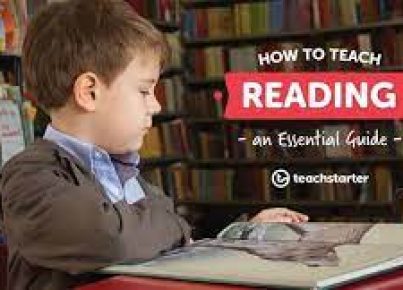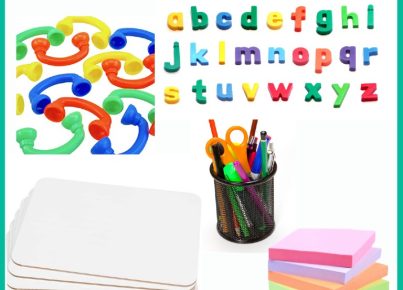Reading is one of the most critical skills that a child will learn in their early years of schooling. It opens doors to all other areas of learning and is fundamental for a child’s success in education and beyond. But how do we ensure that we are teaching reading effectively? This is where the science of reading research comes into play.
The science of reading is an evidence-based approach to teaching literacy that is grounded in several decades of interdisciplinary research about how people learn to read. The body of research encompasses work from cognitive science, developmental psychology, education, linguistics, and neuroscience. It provides teachers with an understanding of the reading process and the best practices for instruction that align with this process.
Here are key insights that every teacher should know about the science of reading:
1. The Simple View of Reading:
The research supports a framework known as the Simple View of Reading, proposed by Gough and Tunmer in 1986, which posits that reading comprehension (RC) is the product of decoding (D) and linguistic comprehension (LC): RC = D x LC. This suggests that both decoding and language comprehension skills are necessary for proficient reading.
2. Phonemic Awareness:
Phonemic awareness is the ability to hear and manipulate individual sounds in words. It is a critical skill for successful decoding. Studies show that phonemic awareness training helps children improve their reading skills, particularly for those at risk for reading difficulties.
3. Systematic Phonics Instruction:
Phonics instruction teaches children the relationship between letters (graphemes) and sounds (phonemes). Research confirms that systematic phonics instruction is more effective than non-systematic or no phonics instruction, especially for young children or those struggling with reading.
4. Beyond Phonics – Fluency, Vocabulary, and Comprehension:
While phonics is essential, it’s only one part of a comprehensive approach to literacy instruction. Fluency allows readers to read smoothly and automatically; vocabulary helps readers understand different contexts; and good comprehension strategies enable them to extract meaning from text.
5. The Importance of Oral Language:
Oral language development underpins both decoding and language comprehension abilities. Rich oral language experiences through discussions, particularly those focused on book-reading conversations, can expand vocabulary and enhance background knowledge necessary for comprehension.
6. Structured Literacy Programs:
Research advocates for structured literacy programs that systematically teach a variety of components, including phonology, sound-symbol association, syllable instruction, morphology, syntax, semantics, and more.
7. Early Intervention:
The science of reading emphasizes the importance of early intervention as difficulties become harder to remediate over time. Early assessments can identify at-risk children so they can receive targeted support promptly.
8. Teacher Knowledge and Professional Development:
Ensuring teachers have deep knowledge about the processes involved in learning to read and how best to teach them is crucial. Professional development should be ongoing so educators can keep up with latest research findings.
By integrating these principles from the science of reading into classroom practices, teachers are better equipped to provide effective literacy instruction to all students. It underscores the complexity involved in becoming a proficient reader and demonstrates why an explicit approach to teaching this essential skill is vital. The ultimate goal remains clear: creating confident learners equipped with strong literacy skills as a foundation for all future learning initiatives.





